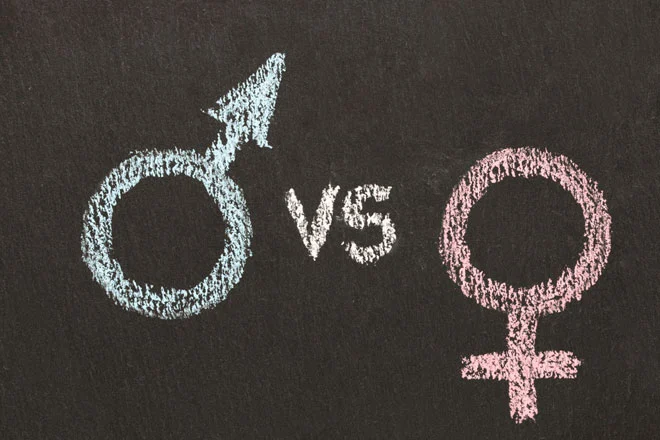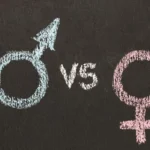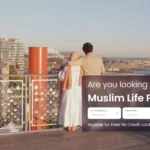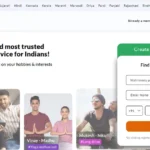
Male Vs Female Profile Ratio On Matrimony Platforms (75% : 25%)
The online matrimonial landscape has transformed significantly over the years, becoming a vital tool for individuals seeking meaningful relationships. As societal norms evolve, so do the dynamics of matchmaking.
In this post, we will explore the male-to-female profile ratios across various matrimonial platforms, shedding light on trends, user demographics, and the implications of these statistics.
Top Matrimonial Platforms and Their Profile Ratios
There are numerous matrimonial websites catering to diverse audiences, each offering unique features and services. Here’s a closer look at some of the leading platforms:
1. WedgateMatrimony
- Profile Ratio: Approximately 75% men to 25% women.
- User Base: With an aim of providing those in search of serious relationships, the design of WedgateMatrimony focuses more on making the process easier for creating profile and matching than anything else.
2. Shaadi.com
- Profile Ratio: Approximately 70% men to 30% women.
- User Base: With over 35 million registered users, Shaadi.com is one of the largest matchmaking platforms globally. It has a significant market share in India and attracts around 750,000 new users monthly, thanks to effective SEO strategies.
3. EliteMatrimony
- Profile Ratio: Approximately 70% men to 30% women.
- User Base: EliteMatrimony caters to the rich and offers premium services along with personalised matchmaking to attract a select audience.
4. MatrimonialsIndia.com
- Profile Ratio: Roughly 68% male and 32% female.
- User Base: It is a diverse platform containing many profiles spread across different communities in America and India; thereby creating an interface that respects both the traditional norms and incorporates modern technologies such as mobile accessibility and video profiles among others.
5. BharatMatrimony
- Profile Ratio: About 65% males against 35% females
- User Base: Bharat Matrimony is community-based and provides matchmaking services in various languages, such as Hindi, Tamil, Punjabi etc. It includes horoscope matching as well as customised matrimony facilities for traditional Indian families.
6. Jeevansathi.com
- Profile Ratio: Roughly 60% males over 40% females.
- User Base: Jeevansathi.com is user-friendly with community specific matchmaking and security aspects which matter most in this site.
7. Vivah.com
- Profile Ratio: Approximately 62% men to 38% women.
- User Base: Vivah.com intends to bring a safe, uncomplicated matchmaking experience for all registered users irrespective of their backgrounds based on personal connections.
8. CommunityMatrimony.com
- Profile Ratio: Approximately 65% men to 35% women.
- User Base: This is a platform for various communities owned by BharatMatrimony where special services are provided to meet their specific cultural and social needs.
9. LoveVivah.com
- Profile Ratio: Approximately 60% men to 40% women.
- User Base: LLoveVivah.com combines traditional values with modern technology, offering detailed search options and compatibility assessments.
Analyzing the Gender Ratios
Across all platforms analysed, we have found that the male and women ratio is almost similar, with the men being more than the women.
This disparity can be attributed to several factors, including cultural norms and user behaviour. Traditionally, women have been less likely to create profiles independently, although this trend is changing as more women embrace online matchmaking.
For example, Shaadi.com reported that the percentage of women creating their own profiles rose from 40% in 2008 to 50% in 2018. This shift indicates a growing empowerment among women to take charge of their matrimonial searches.
User Engagement Dynamics
Engagement levels between male and female users also reveal interesting patterns. Women are often more selective in initiating contact, while men tend to receive more interactions overall.
However, these interactions vary based on profile attributes, such as education and employment status.
Implications of Gender Ratios
The unbalanced gender ratios on matrimonial sites have several consequences:
- Market Dynamics: The imbalance affects the way platforms set their matchmaking algorithms and user engagement methods. If there are more male profiles, the competition may be heightened among men.
- User Experience: Women often report feeling overwhelmed by the volume of messages received. So, they might decide not to take part in engaging completely into the platform. Hence, it calls for some features that would improve user experience like improved match-making algorithms.
- Societal Changes: The growing number of women creating profiles reflects a change in social norms where women are now more assertive towards looking for partners.
Conclusion: Reflecting on the Average 75:25 Gender Ratio
The 75:25 male-to-female ratio on matrimonial platforms underscores a male majority, yet the increasing female participation points to a significant societal shift. This trend not only reflects changing gender roles and attitudes toward marriage but also hints at a more balanced and inclusive future in the matchmaking landscape, where women are taking a more active role in their marital choices.
References
https://digitalcommons.newhaven.edu/cgi/viewcontent.cgi?article=1216&context=americanbusinessreview
https://www.statista.com/statistics/910140/india-number-of-active-profiles-on-matrimonycom
https://www.pewresearch.org/short-read/2023/02/02/key-findings-about-online-dating-in-the-u-s
https://blessingsmatrimonials.com/best-matrimonial-sites-in-india
https://www.reddit.com/r/OnlineDating/comments/p44awl/why_do_men_outnumber_women_on_dating_apps/




